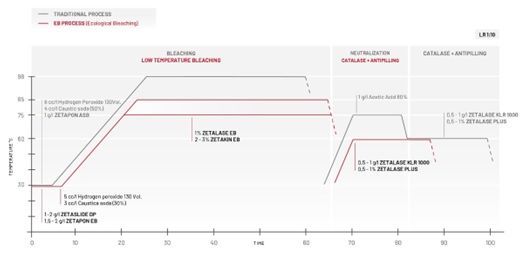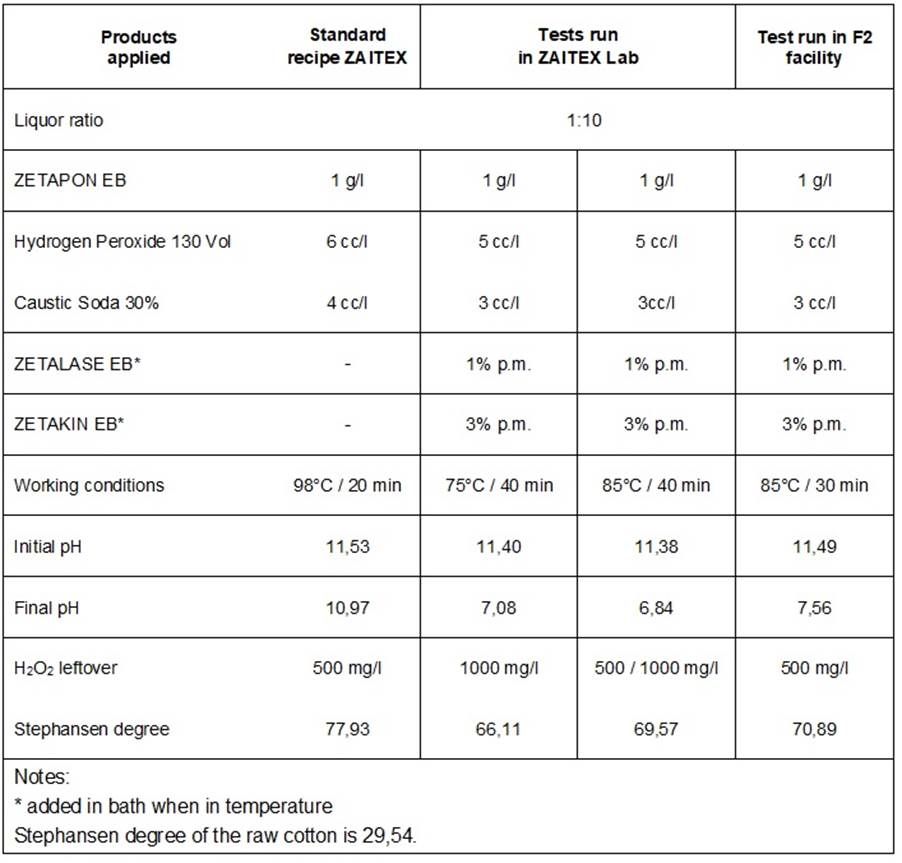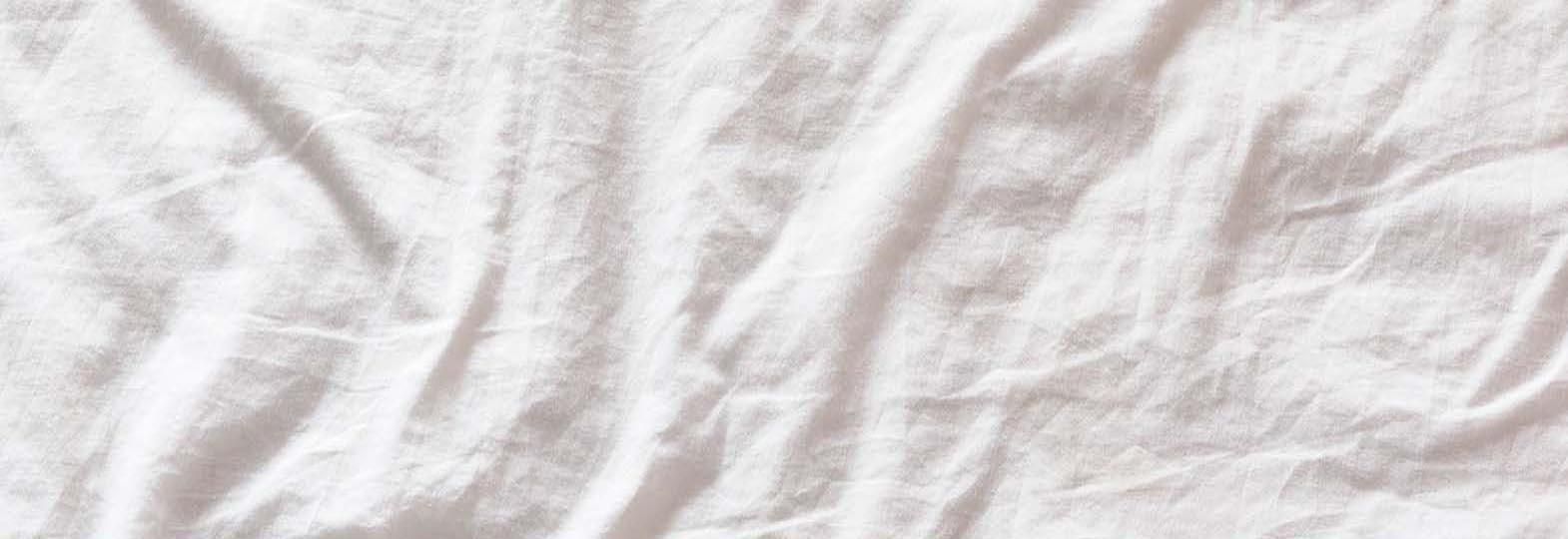Today, saving time and energy is a crucial priority to take into account, especially in production processes requiring a great amount of both. Speaking of textile production, you may include for instance processes involving huge dyeing machines like over-flow, jet or autoclave systems.
Nowadays, news reports emergency interventions will be drawn up to try to stem the impact of surging prices for power and natural gas on industry, businesses and households. So just being aware that small measures in energy saving will be strongly significant in the near future means a lot.
It’s been at least 45 years that ZAITEX has been helping textile dyeing plants, laundries and fabric manufacturers in applying eco-friendly and certified dyes and auxiliaries for the best production performance. To help them in coping with this challenging task to reduce overall consumption, ZAITEX has an efficient idea affecting a specific step of the textile dyeing production: the bleaching of cotton.
The process of bleaching cotton involving hydrogen peroxide (H2O 2) is conventionally carried out under high temperature and strong alkaline conditions.
ZAITEX textile technicians developed a low temperature cotton bleaching process, called EB Process, designed to allow the discontinuous bleaching with hydrogen peroxide of cellulosics fibres and blends with elastane, boasting a maximum range of working temperature at 75-85C and at neutral pH of the bleaching bath.
EB Process consists of an enzymatic system that allows the simultaneous degradation of pectins and natural pigments that are present on the cotton fibres.
The combination of two auxiliaries called ZETALASE EB and ZETAKIN EB is the core of ZAITEX’s EB Process.
ZETALASE EB allows to obtain articles characterised by soft, full and natural hand. It features a lower creasability, better sewability, strength and elasticity. It leaves the material with its natural soft touch and at the same time gives optimal hydrophilicity to the textile substrate.
ZETAKIN EB is an adjuvant and activator of the reaction of hydrogen peroxide in discontinuous bleaching of cellulosic fibres, free from heavy metals.
They both have to be applied together with ZETAPON EB, a combination of wetting, detergent, dispersing and sequestering agents. It regulates, with a single and easy dosage, the development of the hydrogen peroxide, chelates calcium, magnesium and iron ions, conferring thanks to its high wetting-detergent action, very good penetration in the bleaching bath inside the fabric and therefore allowing a strong extractive action of the different impurities. It does not generate foam.
Another key point of the EB Process is the final pH of the bath, which turns out to be neutral or slightly acidic. This allows to avoid an additional rinse to neutralise the bleached cotton with a remarkable saving in terms of energy, water and time consumption.
To sum up, EB Process allows to achieve several advantages for the cotton fabric, such as:
• soft hand
• acceptable white degree for pastel tones
• reduction of bleaching time
• lower weight loss of the material
• lower loss of resistance
• lower energy consumption
• time, temperature and water saving
• low alkalinity in effluents
EB Process has been already tried and tested in several production plants, still in use, highlighting a few, but crucial advantages in reducing the bleaching time. Some of these are: less time required to complete the process that let saving energy and increasing production efficiency; less damage to the fabric thus bringing less creasability and lower loss of resistance of the fabric.
The study our technicians conducted and presented here is aimed to highlight all these features. Several tests have been run in different situations, in order to compare each single result.
Considering the outcome deriving from the application of a standard bleaching recipe, our lab technicians are used to follow as a reference, the study makes of a standard raw cotton fabric, bleached according to several conditions, as stated in the table below.
The study includes three other tests: two of them were run in ZAITEX labs, one at the minimum suggested temperature of application of EB Process (75oC), the other one at the maximum of the range (85oC); the last test was run in a small dyeing machine used for pre-production trials.
The use of this latter machine was gently granted by our customer F2 Lavorazioni Tessili, a textile finishing company with a high expertise in the dyeing and finishing of natural and man-made fibres, located in Schio (VI) Italy.
We think carrying out a test in a context of a dyeing plant is the best choice to measure how effective the lab tests are.
Figure 1

The Figure 1 illustrates the comparison between the steps of the traditional process and the ones of EB Process. It is clear how the aim is the saving of time and energy.
All test results lead towards an acceptable degree of white of the bleached cotton, plus it is easy to notice that the pH of the bleaching bath turns out to be slightly acidic. This value demonstrates that it is possible to avoid an additional rinse to neutralise the bleached cotton.
Tests conducted in our labs bring to a conclusion and so does the one carried out in F2 facility: EB Process allows to get an acceptable degree of the white on bleached cotton, while having saved water and energy in consideration of getting rid of an additional rinse and a lower working temperature.
Table 1

Considerations
Let’s briefly comment the data in Table 1 and focus on the results deriving from the standard recipe and from the test of EB Process conducted in the pre-production machine in F2 facility.
On one hand, values of estimated hydrogen peroxide leftover suggest a similar result for both tests.
On the other hand, out of the two, the recipe applied in F2 facility turns out to require less time and have a lower pH value of the bleaching bath. This does not indicate there would be a higher development of hydrogen peroxide and thus the chance to avoid an additional neutralising rinse.
Despite a higher Stephansen level of whiteness value in favour of the standard recipe, we might all agree that it does not mean that the bleaching process results are far better due to the several factors involved in the evaluation. For instance, the hand of the fabric or its resistance capability.
Since almost any process has to be fine-tuned, case by case, ZAITEX is focused on the R&D activity for the best performance in the preparation, dyeing and finishing of mostly any kind of textile fibre and for the majority of the production processes. An ideal partner to choose for those manufacturers that seek reliability and knowledge for industrial textile application. Visit zaitex.com to discover more.

20240830145908.gif)
20240924091633.png)

20240924111837.jpg)




Comments